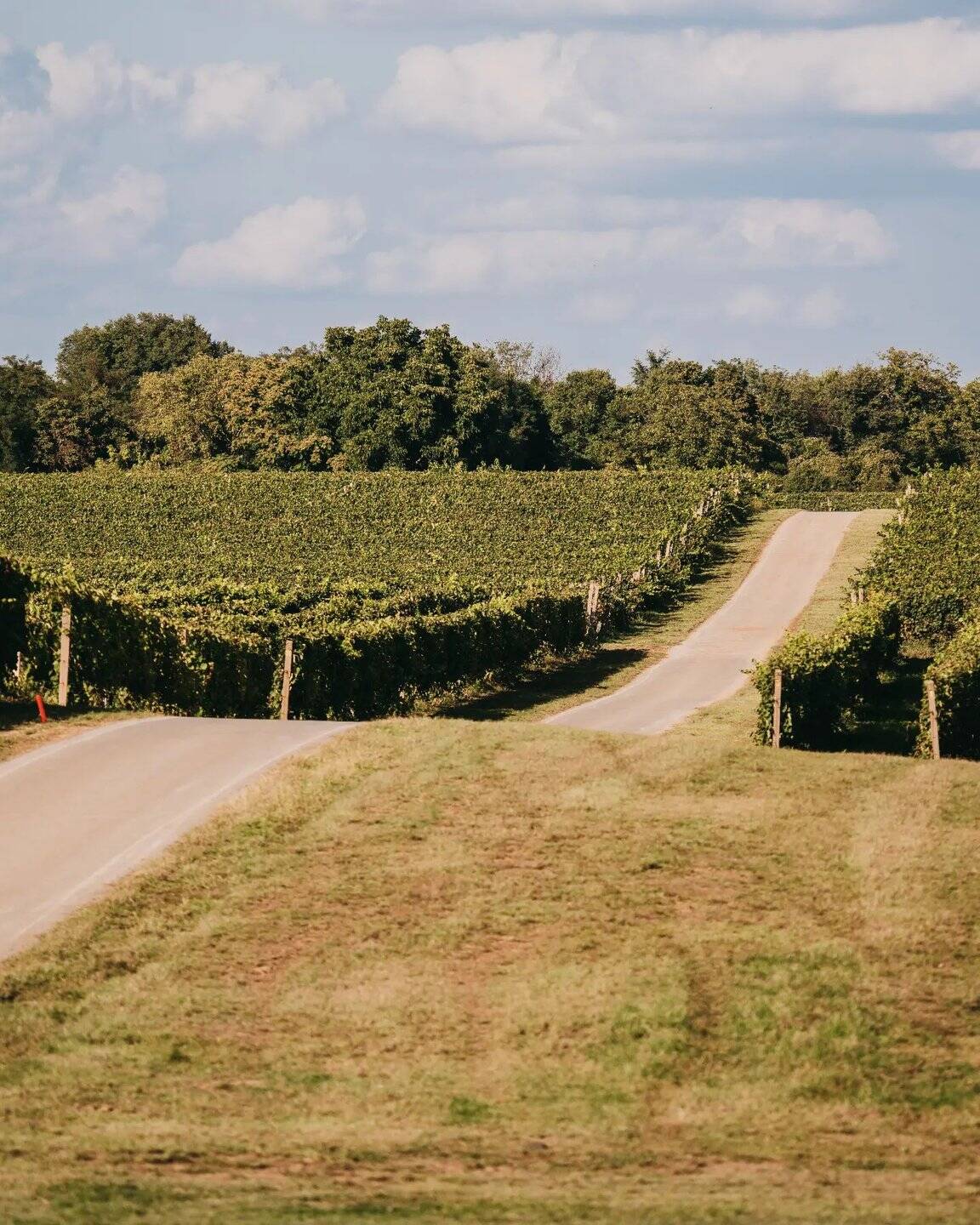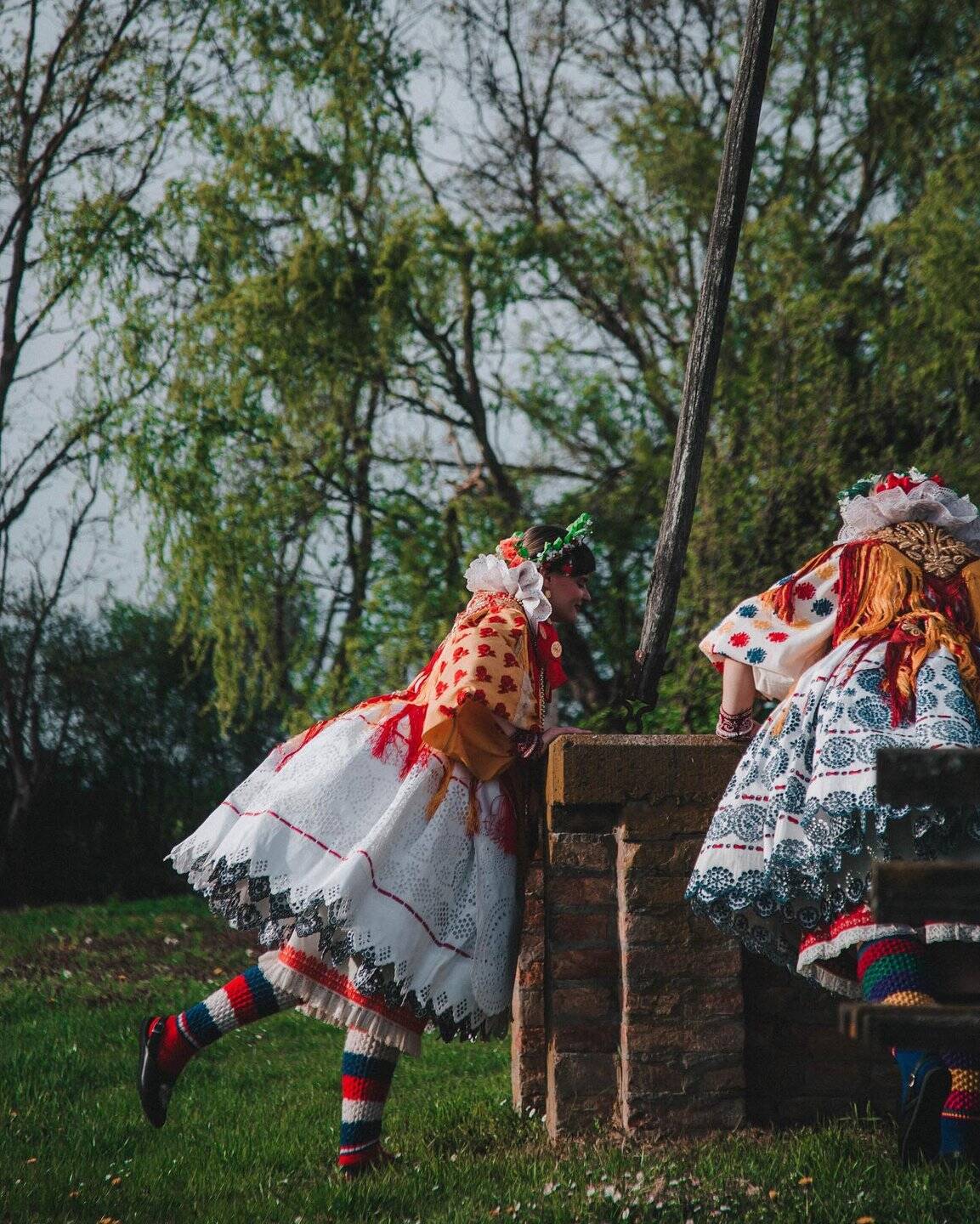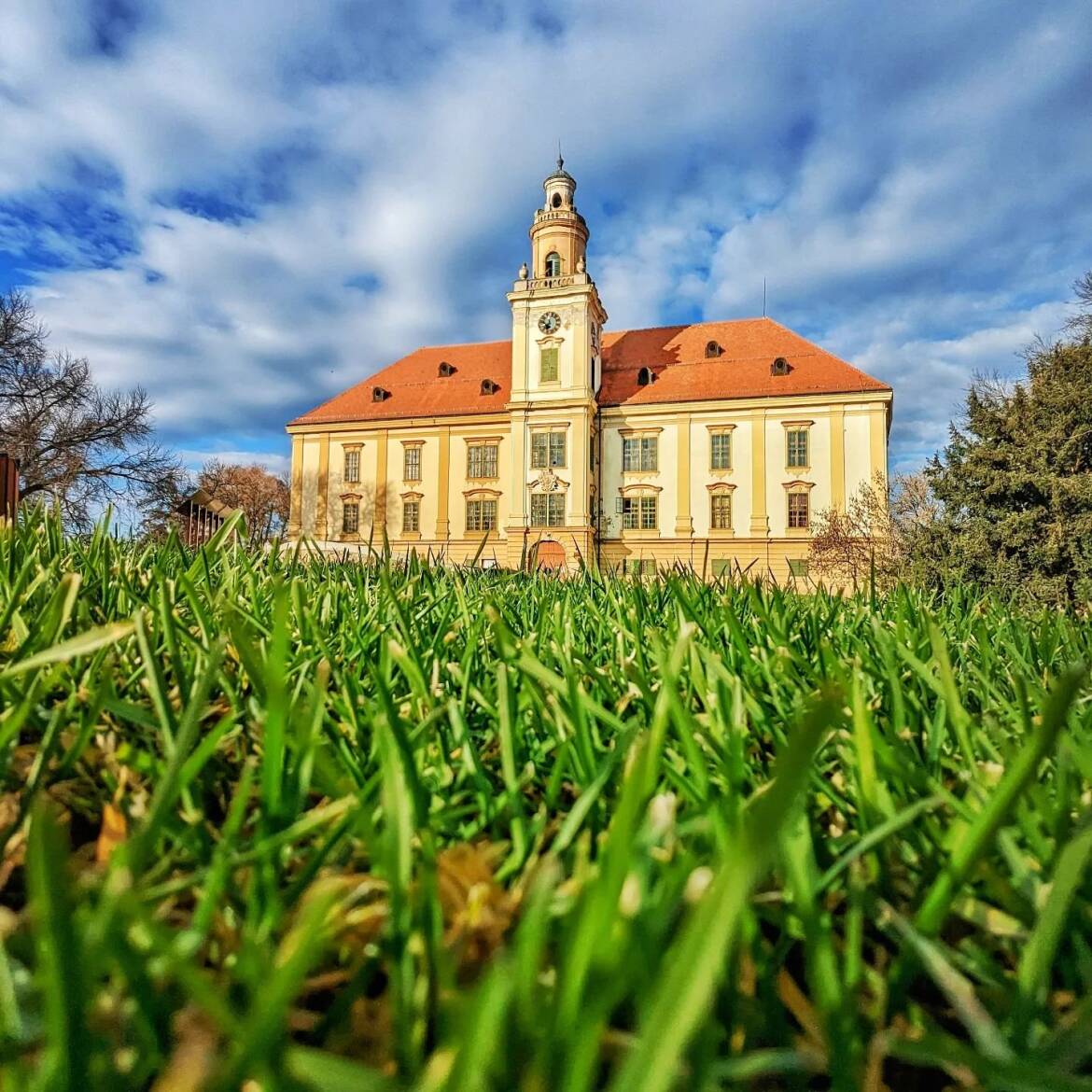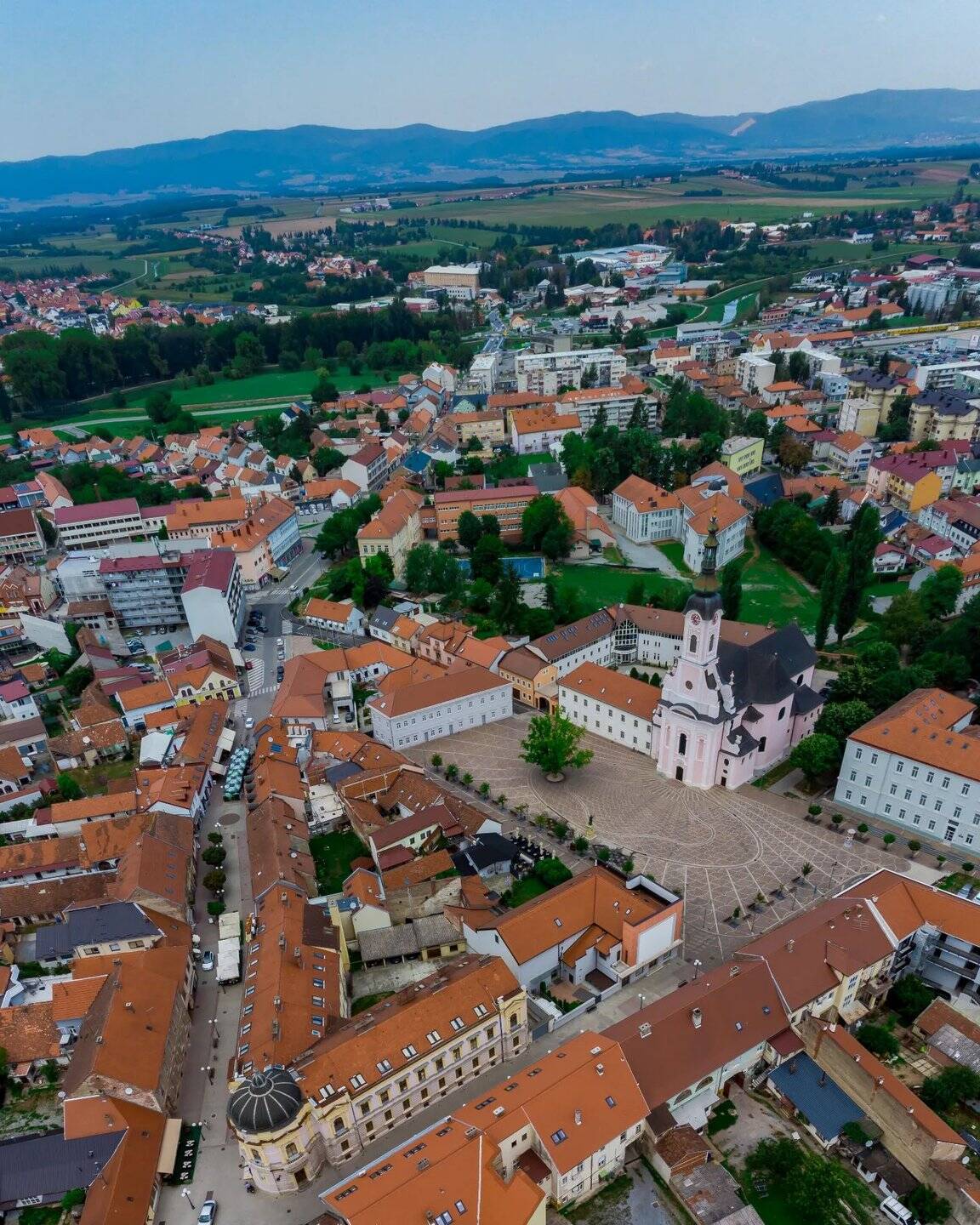Slavonia
Slavonia
Slavonia is a land of legends, with its myths and secrets proudly passed down through the generations. Here the locals fiercely uphold their traditions, such as harvest festivals, traditional dresses and the popular local music.
They are also generous hosts, always ready to engage in a heart-to-heart over a glass of one of the many quality wines produced by the area’s fertile lowlands and some of the spicy local dishes such as čobanac (stew) or fiš paprikaš (fish soup).

Trails of the Pannonian Sea
Once an endless blue expanse of sea, today it glistens in gold and its islands are green mountains.
All that is left of the great waters are tiny shells in the fertile plains of Slavonia. Yet the waters are still here – three great rivers, the Sava, the Drava and the Danube hold this region in their embrace. This alluring natural environment was greatly appreciated by the nobility, so much so that they built their castles here, indulged in hunting, fishing and, of course, the wines – which were also much appreciated in the courts of Europe and savoured at coronation ceremonies. The wine cellars of Ilok, Kutjevo and Belje are world famous. Now we can all enjoy the magic of times gone by. Following the Trails of the Pannonian Sea, discover the lovely songs of the area accompanied by tambouritzas, and enjoy the parades of people dressed in their colourful and festive folk costumes, men with their ‘šokački’ hats and young women with their gold ducat necklaces. The city of Vinkovci – the oldest continuously inhabited city in Europe.
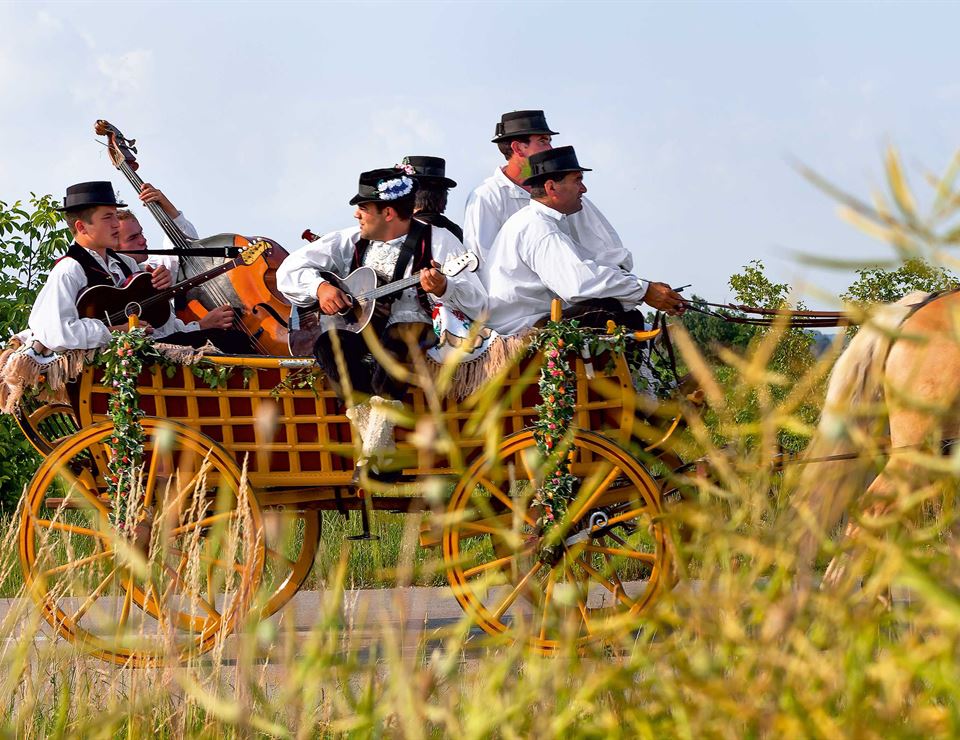
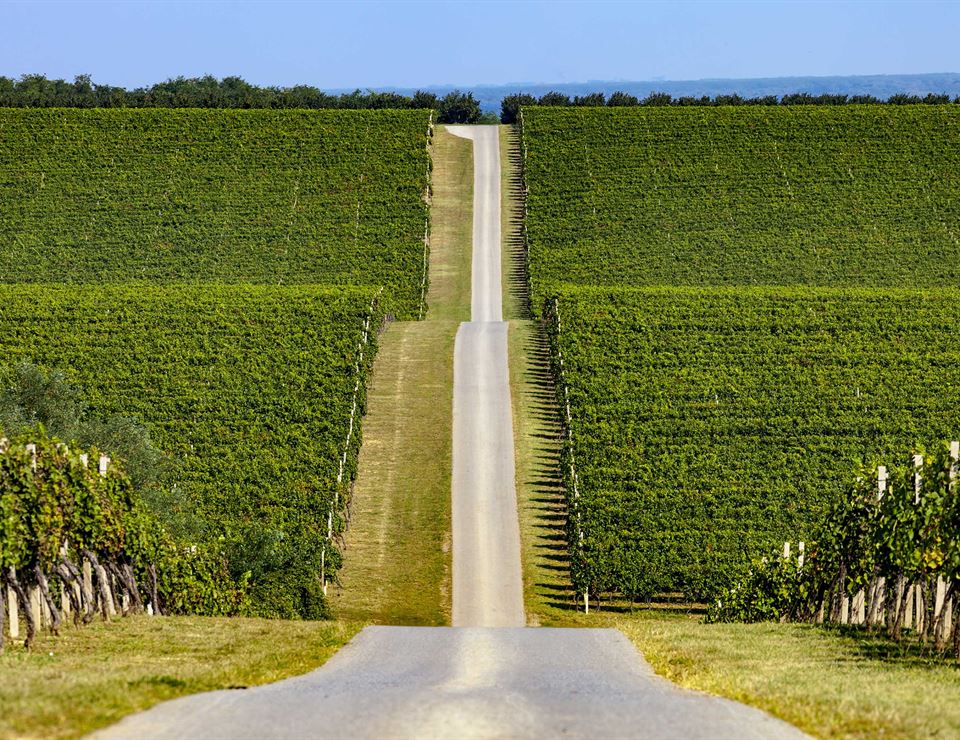
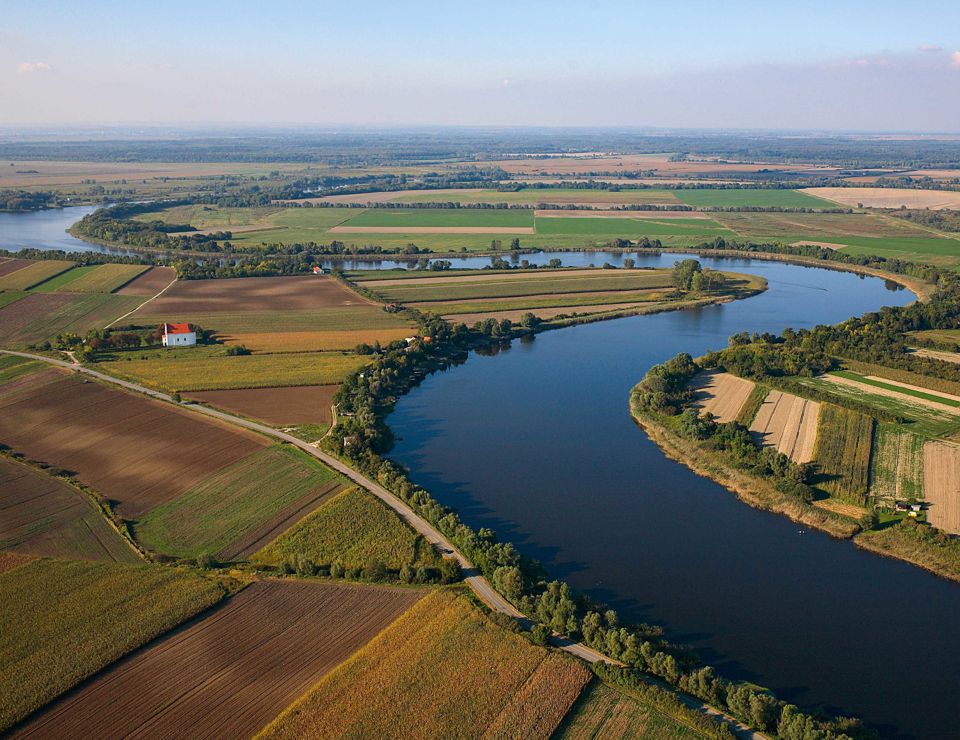
Shaped by the force of the mighty rivers Drava, Danube, Sava and Ilova, Slavonia is a mythical region that for centuries has guarded its treasures.
With its wide, endless expanse of the golden Pannonia plains, strong river flows, areas that provide an ideal habitat for the now centuries-old forests of common oak (Quercus robur), as well as for more than 2000 biological species, Slavonia is a fertile land tilled by human hand for over 8,000 years. Ever since this part of the continent rose from the Pannonian Sea in the Pleistocene, once island, Papuk became mountain that discovers the oldest rocks of this part of Europe – granite and metamorphic rocks from the Paleozoic era – ful of witnesses, that today tell the geological history of Earth. The fertile Slavonian plains have emerged from the Panonian sea after have been sea bottom for more that 10 million years, and have been since a promised land.
The Golden Valley celebrated through history
Treasuring the area as both wheat growing and winegrowing country with the Kutjevo winegrowing district, home to one of the oldest wine cellars in Europe, the Romans named it Vallis Aurea (the Golden Valley)
Having become a part of the Roman Empire in the first centuries AD, boasting two major roads - one leading from Osijek to the eastern provinces and the other linking the Aque Balissae (today known as Daruvar) with the fertile agricultural and winegrowing country around Požega, Đakovo and Vinkovci, Slavonia gave two Roman emperors - the eminently capable and courageous Valentinian I and his brother Valens.
If it is peace you seek in the matchless primeval dawns when the earth awakens from darkness shrouded in the haze hovering above the wide river valleys, then come and discover the land of Slavonia.
Moments to treasure in the towns of Slavonia and Baranja
This is a place where people have a deep respect for Mother Earth and whose faces reflect the pride they take in their Slavonian origins.
Waste no time, set off down roads that will take you past mighty medieval fortifications, monasteries, Baroque castles and the manor houses of Osijek, Vinkovci, Požega, Slavonski Brod, all the way to Vukovar and Ilok, where the indigenous Lipizzaner horses proudly strut their stuff, where rare birds nest and flock, and wild geese rise from the famous Kopački rit Nature Park. Come and discover the monastery of Ilok, where the Italian Franciscan St. John of Capistrano is buried, the Baroque fortifications of Slavonski Brod and Osijek, true urban and cultural Pannonian metropolis whose university and scientific environment has produced two Croatian Nobel Prize winners.
Souce: https://croatia.hr/en-gb/regions/slavonia


